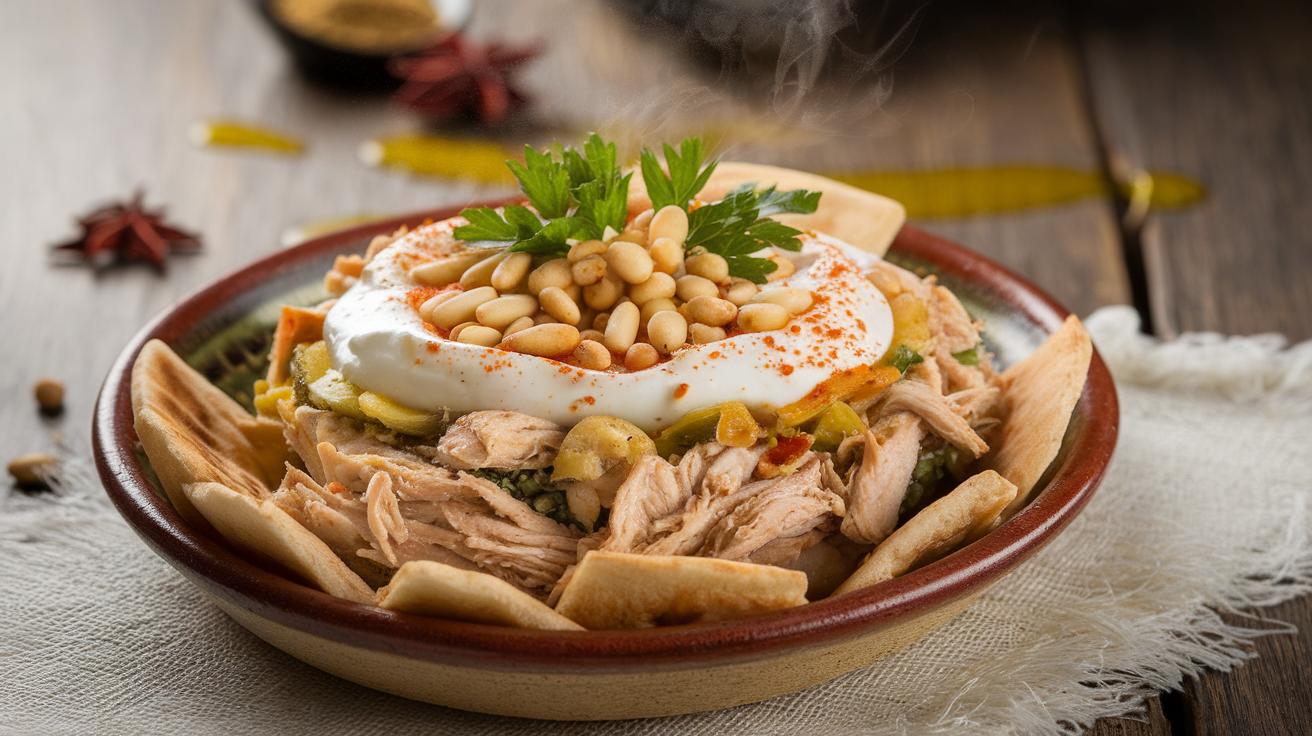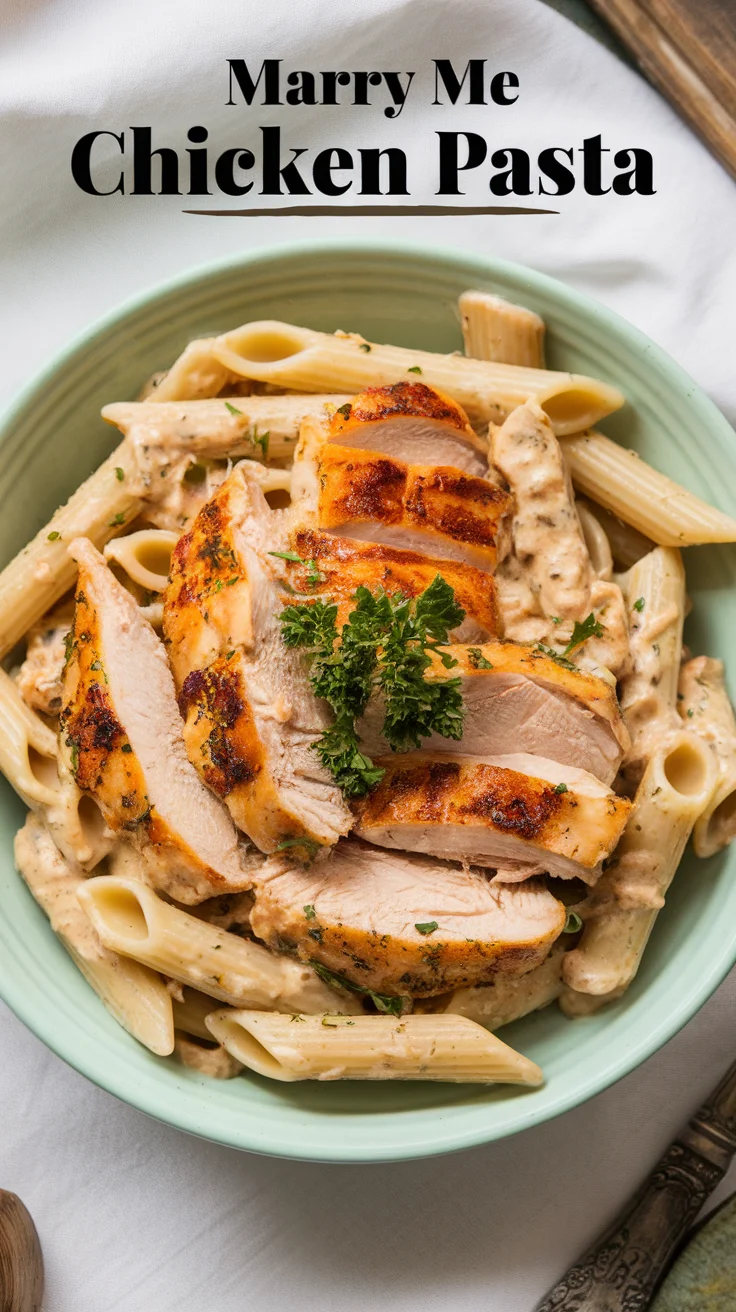Middle Eastern cuisine is beloved across the globe for its bold flavors, aromatic spices, and comforting, communal dishes. Among its most cherished creations is Chicken Fatteh (Fattet Jaj) — a dish that seamlessly blends texture, richness, and tanginess into a savory masterpiece. Whether you’re exploring Lebanese food traditional chicken dishes or just craving something deeply satisfying, this dish is a celebration of everything that makes Middle Eastern dishes so unforgettable.
In this article, we’ll explore the origins, variations, and a complete Chicken Fatteh recipe, along with helpful tips, substitutions, and cultural context. Whether you’re a home cook or a culinary enthusiast, this guide will help you master this timeless dish.
What is Chicken Fatteh (Fattet Jaj)?
Fatteh, derived from the Arabic word “fatta” meaning “to crumble,” is a dish built on layers of crispy or toasted pita bread, yogurt, garlic, chickpeas, and often rice or eggplant. The “Fattet Jaj” version includes tender, shredded chicken, making it hearty and protein-rich. Often served during gatherings or special occasions, it’s one of those meals that tastes like a warm embrace.
Each bite of Chicken Fatteh offers contrasts in texture — the crunch of toasted pita, the creaminess of garlicky yogurt, the softness of rice, and the succulence of spiced chicken. It’s a dish made to be shared and devoured.
A Brief History of Fatteh
Fatteh is a dish with deep roots in Levantine cuisine, especially popular in countries like Lebanon, Syria, Palestine, and Jordan. Originally a way to use stale or leftover pita bread, Fatteh evolved into an elegant dish often served at breakfast, lunch, or dinner depending on its toppings and variations.
Some of the most common types include:
- Fattet Hummus (chickpeas and yogurt)
- Fattet Makdous (fried eggplant stuffed with ground meat)
- Fattet Jaj (shredded chicken, the hero of this article)
While some regions top it with nuts like pine nuts or almonds, others add rice for a more filling version. Regardless of the variation, Chicken Fatteh remains a staple in the canon of Middle Eastern dishes.
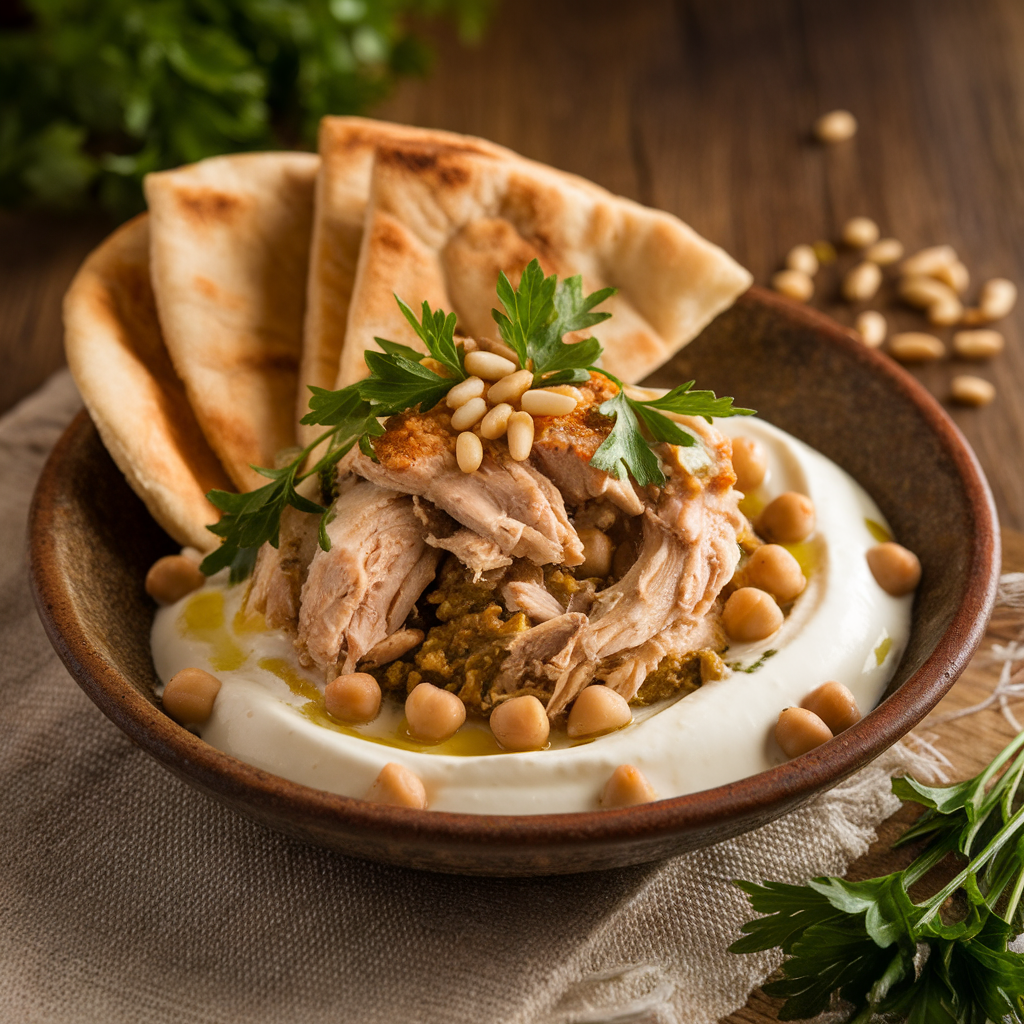
Chicken Fatteh Recipe: A Step-by-Step Guide
Ingredients
Para el Pollo:
- 2 chicken breasts or thighs (bone-in for flavor, optional)
- 1 onion, halved
- 1 hoja de laurel
- 5-6 black peppercorns
- ½ tsp ground cinnamon
- Sal al gusto
For the Rice (optional but traditional):
- 1 cup long-grain rice (like Basmati)
- 2 tbsp vermicelli (optional)
- 2 tbsp olive oil or ghee
- Sal al gusto
For the Yogurt Sauce:
- 2 cups plain Greek yogurt
- 2 garlic cloves, minced or crushed
- 2 tbsp tahini (optional for depth)
- Juice of 1 lemon
- Sal al gusto
Para los Garbanzos:
- 1 can (400g) chickpeas, drained and rinsed
For the Pita Bread:
- 2-3 pieces of pita bread
- Olive oil for drizzling
- Sal
Para La Guarnición:
- ¼ cup toasted pine nuts or slivered almonds
- Fresh parsley, chopped
- Pomegranate seeds (optional)
- Sumac or paprika (optional)
Instructions
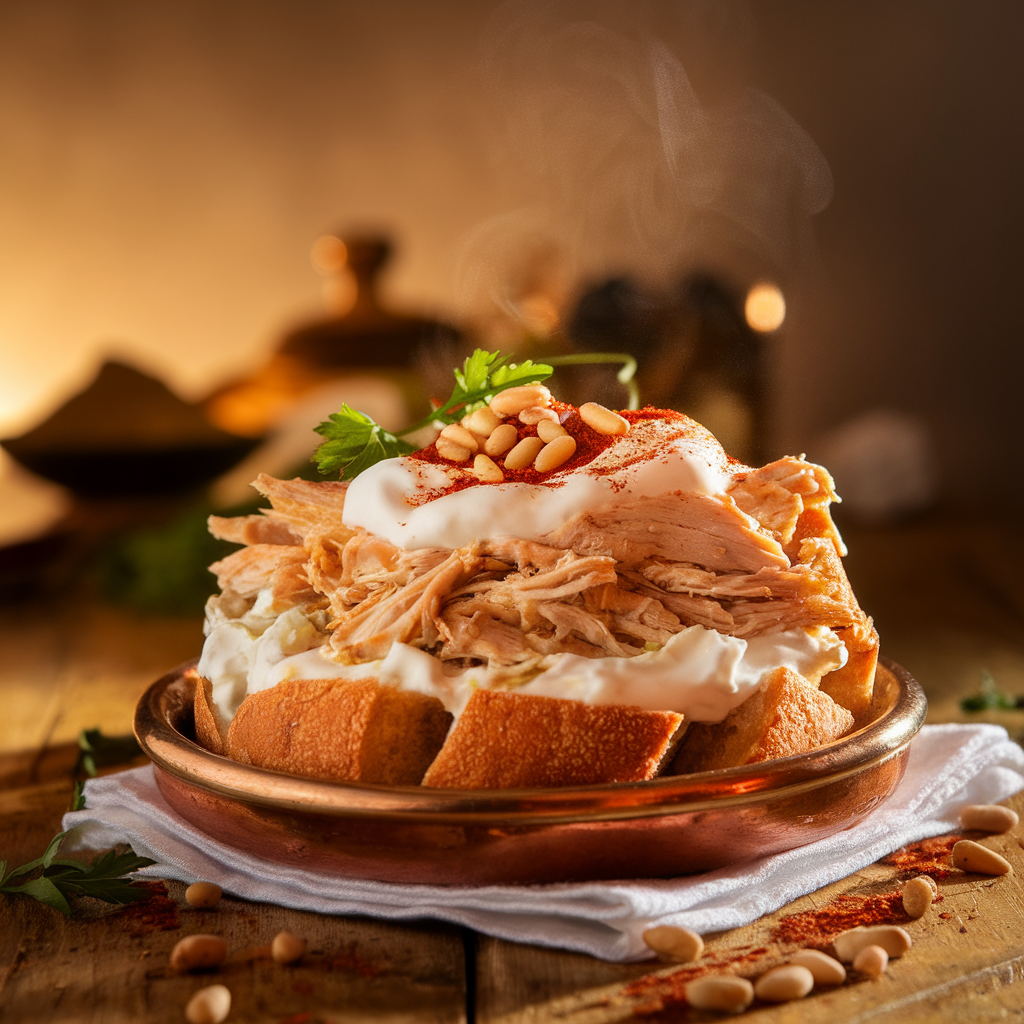
Step 1: Cook the Chicken
- In a pot, place the chicken, onion, bay leaf, cinnamon, and peppercorns. Cover with water.
- Bring to a boil, then reduce to simmer and cook for 30-40 minutes or until chicken is tender.
- Remove the chicken and shred it into bite-size pieces. Strain and reserve the broth for cooking rice or moistening the bread layer.
Step 2: Prepare the Rice
- In a saucepan, heat olive oil or ghee.
- Toast the vermicelli (if using) until golden, then add the rice and stir for a couple of minutes.
- Add 2 cups of reserved chicken broth or water and salt.
- Bring to a boil, then simmer covered until rice is cooked (about 15 minutes).
Step 3: Toast the Pita Bread
- Cut pita into bite-sized squares or triangles.
- Drizzle with olive oil, season with salt, and toast in the oven at 375°F (190°C) for 10–15 minutes until crispy.
Step 4: Prepare the Yogurt Sauce
- In a bowl, whisk together the yogurt, garlic, tahini, lemon juice, and salt.
- Taste and adjust garlic or lemon based on preference.
Step 5: Warm the Chickpeas
- You can microwave the chickpeas or warm them in a skillet with a splash of olive oil and a pinch of cumin or paprika.
Step 6: Assemble the Dish
- In a large serving dish or individual bowls, start with a layer of toasted pita.
- Optionally sprinkle a few tablespoons of chicken broth to soften the bread slightly.
- Add a layer of rice (if using).
- Top with shredded chicken.
- Scatter the warm chickpeas.
- Spoon over the garlicky yogurt sauce generously.
- Garnish with toasted nuts, parsley, sumac, or pomegranate seeds.
Serve immediately while the bread still retains some crunch.
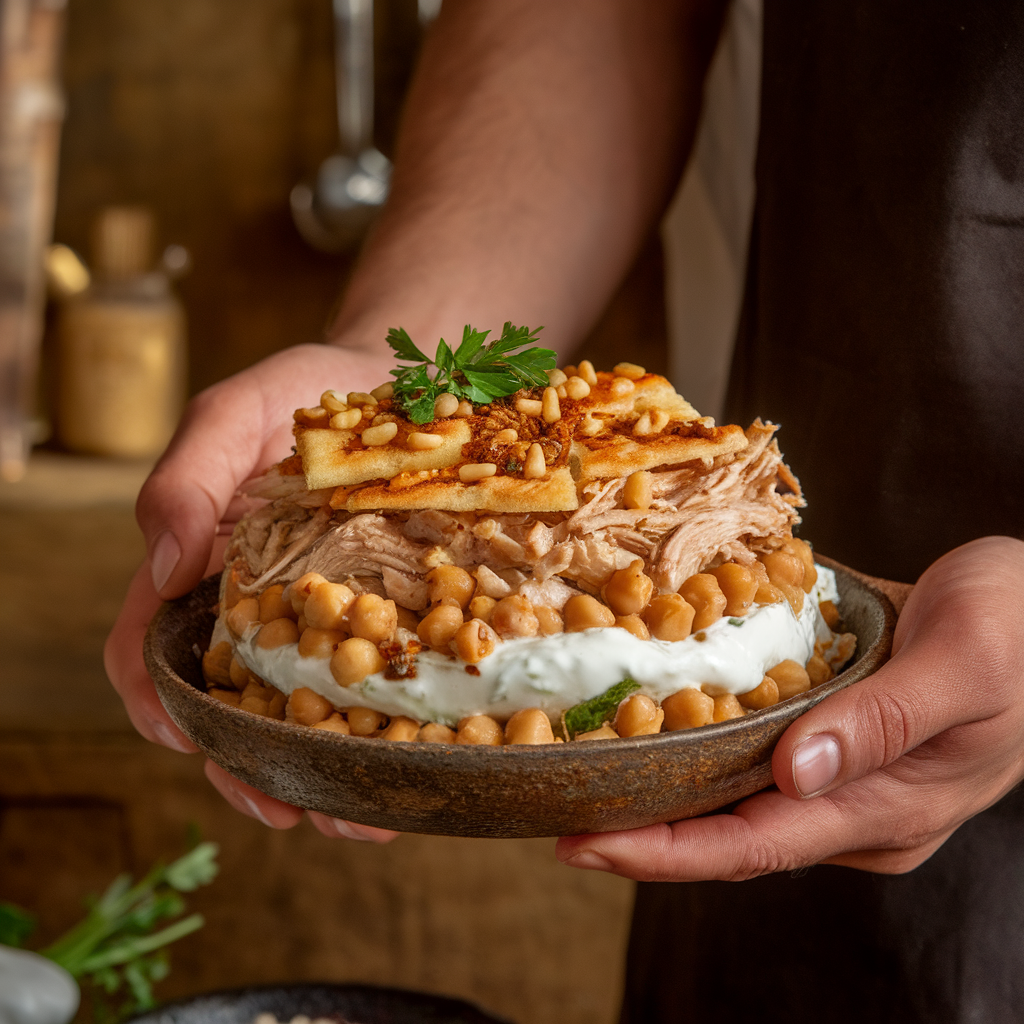
Variations on Chicken Fatteh
1. Fattet Makdous: The Eggplant Twist
If you’re a fan of eggplant, try Fattet Makdous — a close cousin to Chicken Fatteh. It swaps the chicken with fried or baked eggplants stuffed with minced meat and pine nuts. If you’re looking for a Fattah recipe eggplant version, this is it. You can even combine the two for a hybrid chicken-eggplant version that’s incredibly satisfying.
2. Vegetarian Fatteh
Leave out the chicken and increase the chickpeas and eggplant. Add caramelized onions or roasted vegetables for added depth. You can even incorporate spicy salmon for a pescatarian twist.
3. Spicy Chicken Fatteh
If you like heat, spice up your chicken with cayenne, chili flakes, or harissa paste. While traditionally not fiery, Chicken Fatteh takes well to bold seasonings.
Tips for the Perfect Chicken Fatteh
- Use homemade chicken stock if possible for richer flavor.
- Yogur griego gives a thick and creamy texture but can be thinned with water or milk.
- For added richness, drizzle with ghee or brown butter just before serving.
- Toast your pita bread thoroughly to keep it from getting soggy too quickly.
- Prepare all elements ahead of time but assemble right before serving.
Chicken Fatteh vs. Other Middle Eastern Dishes
Chicken Fatteh shares DNA with many Middle Eastern dishes, but each has its own unique profile.
- Mujadara: Lentils and rice with caramelized onions.
- Kibbeh: Bulgur and ground meat, often fried or baked.
- Shish Tawook: Grilled marinated chicken, often served with garlic sauce and bread.
- Pork Marinade dishes: While pork isn’t traditional in most Middle Eastern cuisines due to dietary laws, the spice blends used in pork marinades are often adapted from Levantine seasoning profiles.
A Dish for All Seasons
Though it’s hearty, Chicken Fatteh is light enough for summer meals thanks to its cool yogurt sauce. It’s also comforting in the winter — especially when served warm with rice. It’s ideal for:
- Iftar during Ramadan
- Festive family dinners
- Casual weekend gatherings
- Potlucks y picnics
Hacer Su Propia
Don’t be afraid to experiment. While purists may prefer the traditional recipe, Middle Eastern food is all about adaptation and using what you have.
- Swap pita for naan or crusty bread.
- Add roasted garlic or caramelized onions to the yogurt sauce.
- Use leftover turkey or lamb instead of chicken.
- Layer with spicy roasted cauliflower or chickpea stew.
Storage and Leftovers
Unfortunately, Chicken Fatteh does not store well once assembled because the bread becomes soggy. However, you can store each component separately:
- Chicken: 3–4 days in the fridge
- Rice: 3–4 days
- Yogurt sauce: 2–3 days
- Toasted pita: 1 week in an airtight container
Assemble fresh whenever you’re ready to serve.
Reflexiones Finales
Chicken Fatteh (Fattet Jaj) is a soul-satisfying dish that captures the heart of Lebanese food traditional chicken recipes. Whether you’re diving into Middle Eastern cuisine for the first time or are a seasoned cook, this dish offers a delicious and meaningful experience.
Its layers symbolize more than just flavor — they reflect a tradition of generosity, warmth, and sharing that is central to the food culture of the Middle East. It’s a perfect introduction to Middle Eastern dishes, and an excellent companion to other delights like Fattet Makdous, spicy salmon, or even a well-seasoned pork marinade (for those who adapt).
Once you make it, Chicken Fatteh will likely become a staple in your kitchen. It’s comfort food, celebration food, and a wonderful taste of one of the world’s most beloved culinary traditions.
